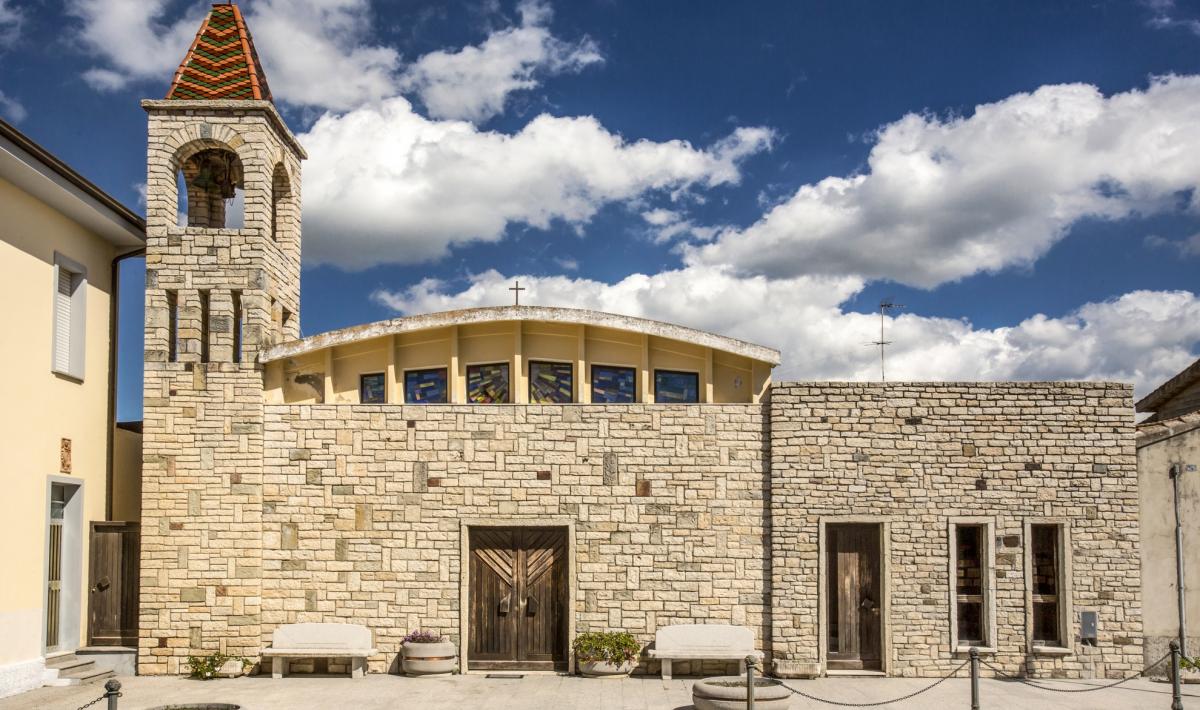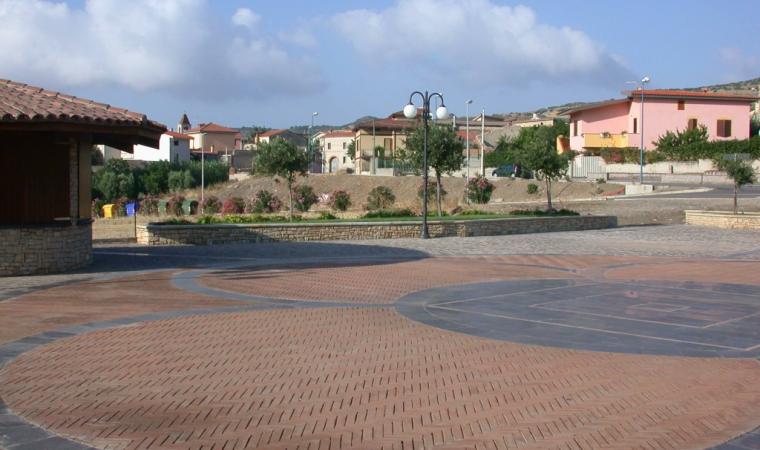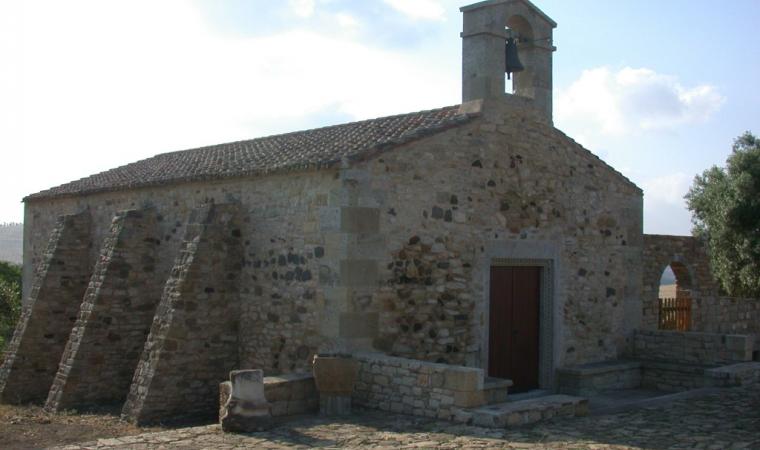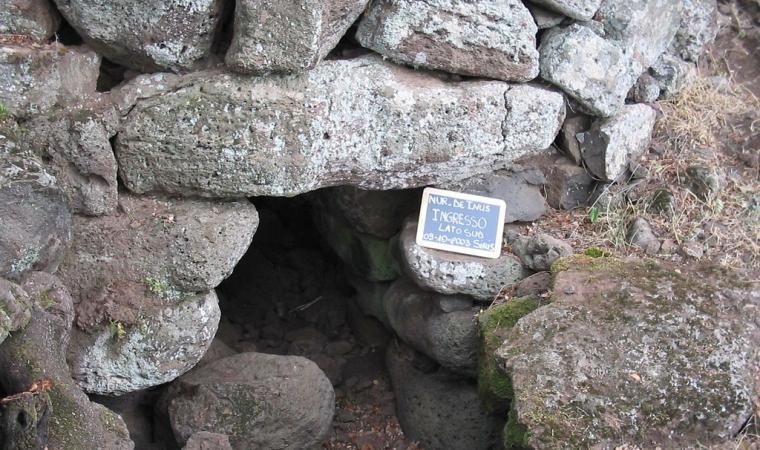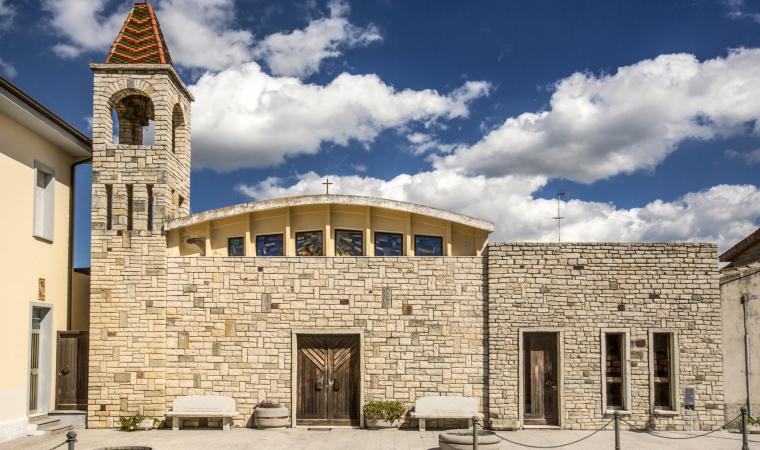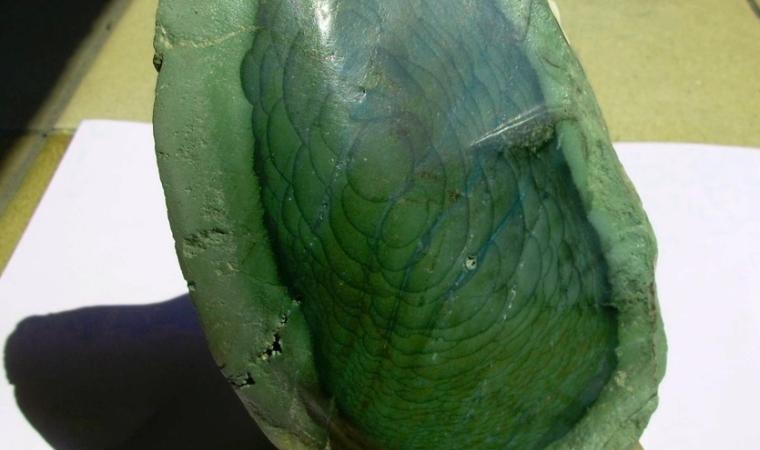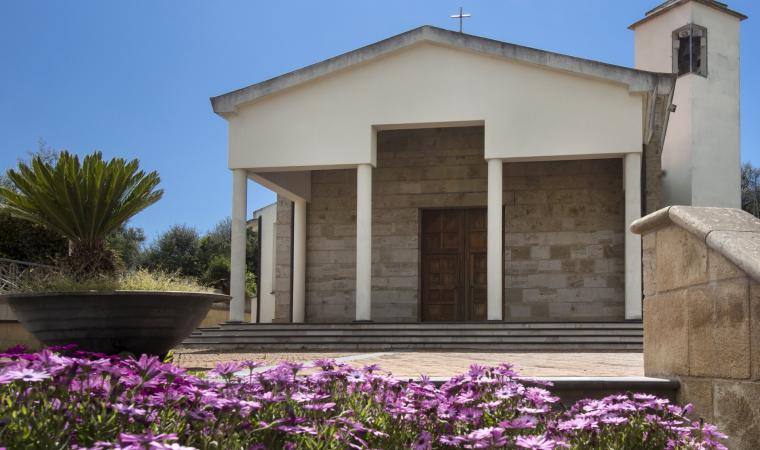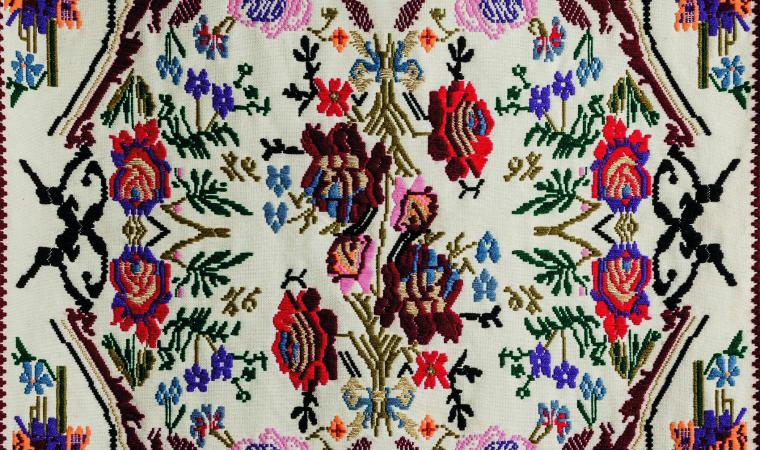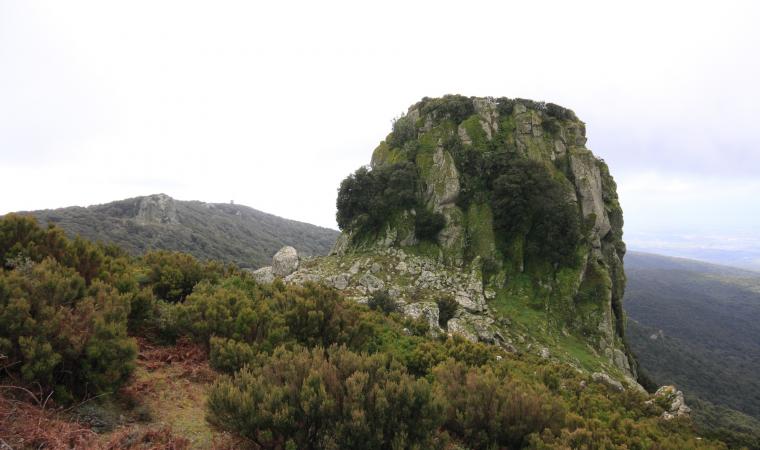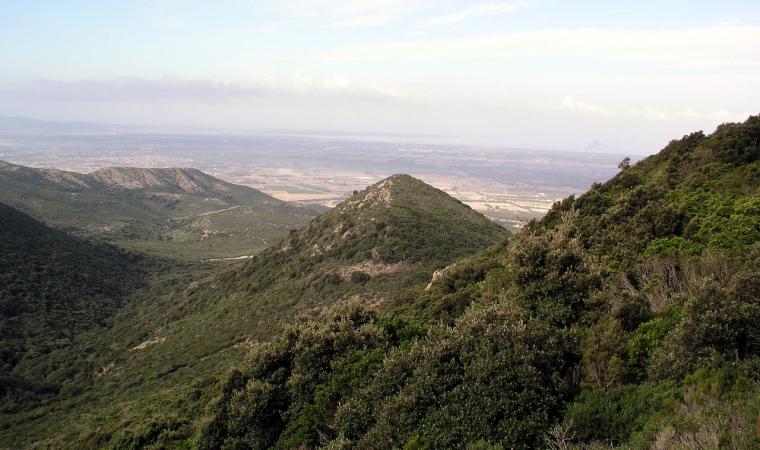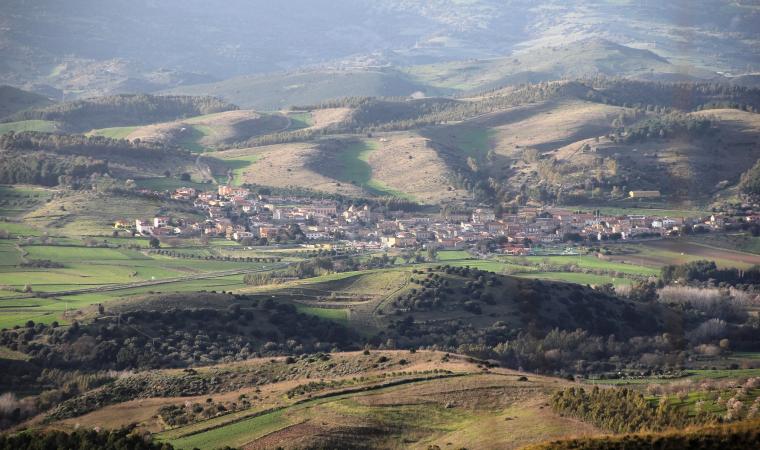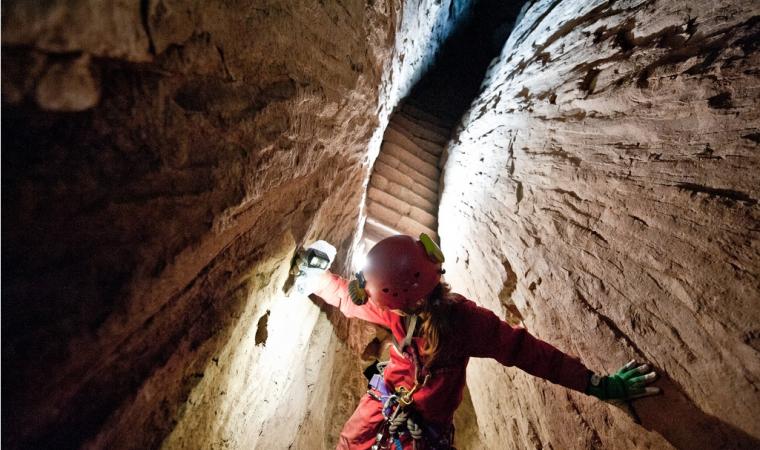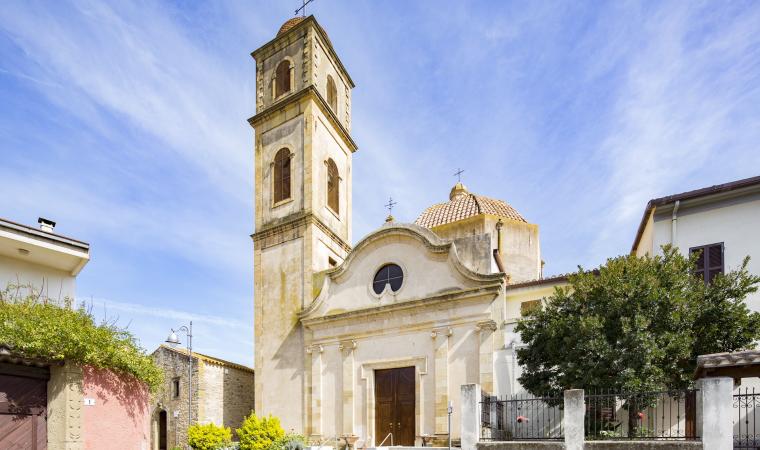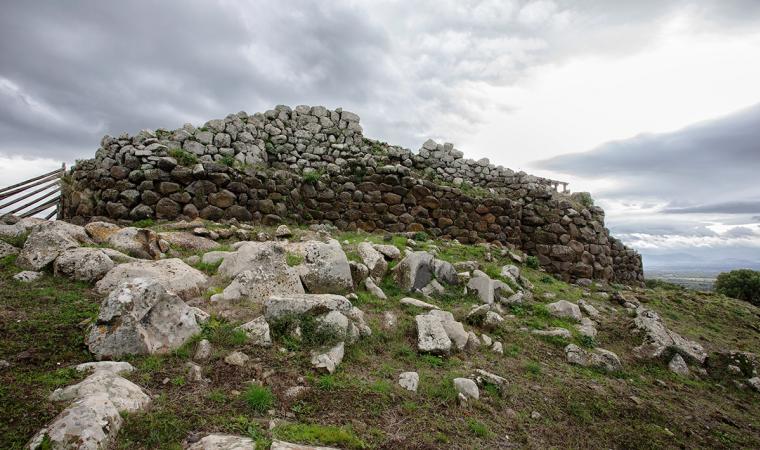The town lies nestled in a valley at the feet of the Monte Arci Park, under the small Tanca Manna giara on which a fascinating nuraghe was built, and surrounded by woods of holm oak, durmast, cork and Mediterranean shrubs. Siris is a town of some 220 inhabitants 25 kilometres from Oristano. It has been an independent comune since 1961, after having been incorporated into Masullas and Pompu in 1927. Its name comes from the Greek xiris, iris, a flower that flourishes in the area. The local economy is based on livestock farming. The fine pastureland makes for delicious cheeses you can taste in Spring during the Cheese festival. The flavours of Autumn are celebrated during the Quince festival in November, when they are used to prepare a variety of delicacies.
The old town centre is graced with narrow winding streets lined with traditional campidanese houses with stone doorways. Here you will find the church of San Sebastiano and, in the outskirts, the church of San Vincenzo, re-consecrated in the year 2000 after centuries of abandon and a recent renovation project. All around are Roman era remains. The two saints are celebrated a few days apart in January. San Vincenzo is also celebrated in early September on the piazza dedicated to him, home to a centuries-old olive tree. The statue of the saint is carried from its church to the parish church on the first of November during the s’Inserru.
When here, you can go for a hike over the verdant hills and visit Monte Arci, which belongs to the Siris territory. The hills, made of trachyte rock, feature steep walls and cavities. The most interesting cave is next to the lovely little stream Riu Bingias. Aside from the beauty of nature here, you will also explore the history of an area that has been inhabited since Neolithic times, as proven by several domus de Janas, and was densely populated in the Bronze Age. Confirmation of this lies in the Pranu forru, su Sensu and Porcilis nuraghes, where aside from obsidian, the “black gold” of prehistory at Monte Arci, they also found Roman tombs, ceramics and coins, just like in the areas of Pradu fenu, Funtana sassa and Santu Lussurgiu. The most famous of the archaeological monuments is the Inus nuraghe, also known as Pranu Nuracci, on the south-eastern edge of the giara. Perched at 400 m, it looks out over the town three kilometres away. Its dominant position over the valley underlines its importance as an outpost. The archaeological area includes the ruins of a basalt nuraghe complex with a main tower and three connected side towers, the remains of a village, the seat of a pre-Nuragic settlement.

